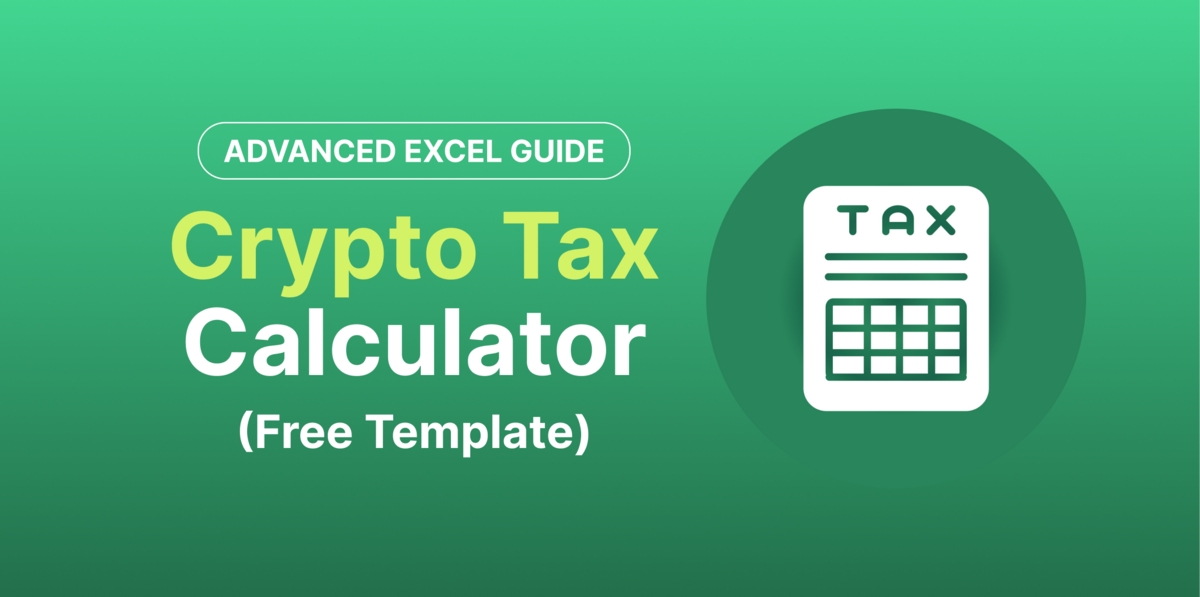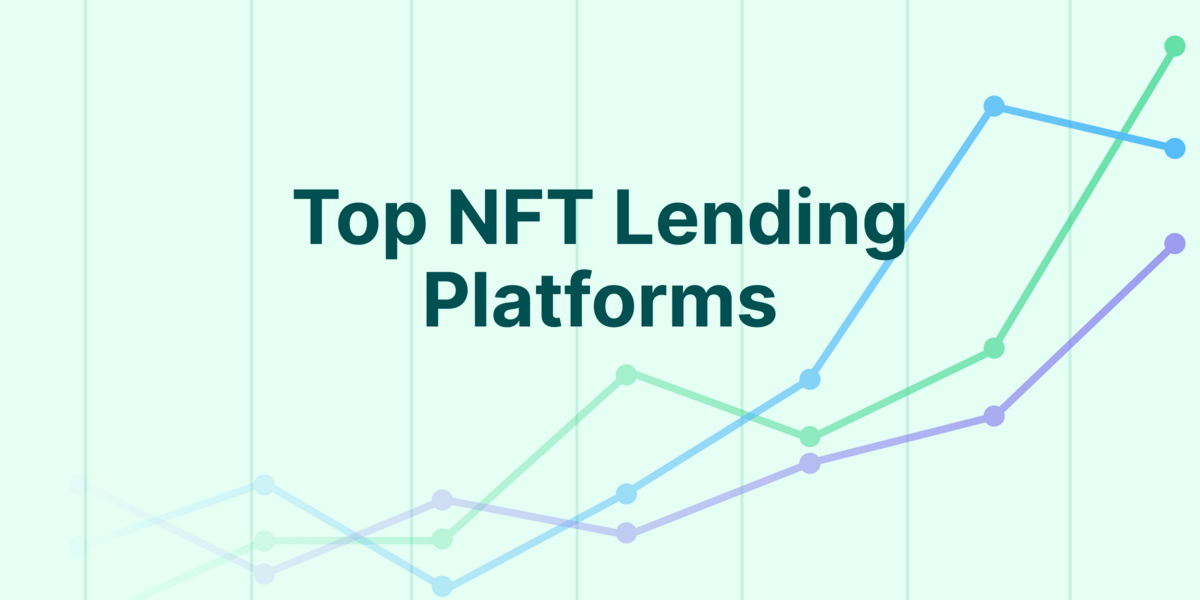How to Track Crypto Wallets
There are three steps to tracking a cryptocurrency wallet: Discovering the wallet, collecting in-depth data from their on-chain transactions, and translating the data obtained from the first two steps into useful information. Through these, an investor can gain insights into ‘smart’ investors’ moves and possibly predict market movements using clues from the moves made by notable wallets.
Key Takeaways
-
Tracking a cryptocurrency wallet involves following the wallet’s transactions closely and noting significant transactions it has made in a period of time or involving a specific asset.
-
Wallet tracking gives investors information on asset movement based on tracking the transaction of major holders, which can used to speculate on market movements.
-
Wallet tracking can be done using blockchain explorers or special applications to screen or stalk the selected wallet.
-
Dedicated wallet trackers are designed to give clearer information on moves made by the wallet and notify the investor.

What are other traders buying, who are the buyers and how well do they understand the market? If they seem to have a better understanding of the market, then what are they currently investing in and what are they likely to invest in next? On a larger scale, what is the impact of actions from people like this on the general market?
If you're wondering about these questions and how to apply them, read on to find out about crypto wallet tracking!
What is Wallet Tracking and What are Crypto Wallet Trackers?
Wallet tracking is focused on studying the wallet movements of whales or notable traders to obtain data to inform potential trading decisions.
Crypto wallet trackers are designed to make it easier for individuals to track wallets of interest, such as sending alerts every time a transaction occurs. These trackers let you follow up with a selected wallet’s activity in real time. Cryptocurrency wallet trackers connect to a third-party API and gain access to various on-chain cryptocurrency data feeds to obtain information about transactions. They then package this information and present them in a more useful form for their users.

Crypto wallet trackers are designed with customizable features such as push notifications that alert users when the tracked wallet executes a transaction. Depending on the design, crypto wallet trackers can present basic information (such as type of transaction and the amount involved) about the transaction as an instant alert on a messaging app such as Telegram. This enables users to react quickly without needing to use a blockchain wallet explorer like Etherscan to search for the transaction details.
How to Find Wallets to Track
What do you look at before tracking a wallet? The answer is largely dependent on your intentions for tracking the wallet(s), but here are the common things investors look at when tracking a wallet:
Previous Investments
When you’re considering adding a smart wallet to your wallet tracker, you can examine its track record to take a look at the assets they have sold in the past and how they managed the assets. Look at the time of purchase and the time of sale along with the gain or losses made from this move. This is a good way to evaluate a wallet’s status as smart money. If the wallet has scored significant profits in a majority of its previous trades, they probably deserve some attention.
Profit/Loss Ratio
When you’re looking for a smart wallet to copy trade, it’s important to consider their profit/loss ratio, which measures the average profit of winning trades against the average loss of losing trades over a certain time period. Study the assets in their custody and the value of these assets, tracing the transactions pertaining to the asset in the wallet to determine if the wallet sits in the green or the red. If the wallet is in profits in the assets under its management, then you may want to track its trades.
Transaction Flow
Where are the funds from the wallet coming from and where are they going? If a wallet receives frequent deposits of varying sizes from different wallets, then there are chances it is an exchange wallet. Blockchain explorers attempt to label some of these transactions and wallets but might miss it in some cases. Vesting wallets can also be identified by the labels on their transactions. In normal scenarios, individual wallets should have lesser transaction frequency and deal with fewer wallets.
Protocols Interacted With
Individual wallets are expected to interact with a few exchanges and peers. Team and project wallets are more likely to interact with more specialized protocols and perform transactions like vesting, mass distribution, and staking rewards distributions.
Finding a Wallet to Track
Choosing a wallet to track depends on your objectives and the wallet’s availability. It’s easier to find a wallet to track if you just want to follow the movements of the top holders of the smart contract project you wish to invest in or are already invested in. However, if you wish to follow ‘smart money’ investors or other notable personalities, the procedure might be a bit more rigorous.
Based on the considerations outlined earlier, let’s try to find wallets to track.
How to Find Top Holders Using Blockchain Explorers
You can find the wallets of top holders by using the explorer of the blockchain network on which the asset runs. Explorers for older blockchains like Bitcoin and Litecoin usually have a ‘rich list’ feature that ranks holders in order of the assets in their custody. EVM networks have a similar function for smart contract tokens.
To the top holders of a smart contract token using the network’s explorer, first, get the asset’s smart contract address and visit the explorer to obtain more information. Here, we will use the Arbitrum token on the Arbitrum Layer 2 network.
I copied the smart contract from the asset’s page on CoinGecko, although you can also retrieve an asset’s smart contract address through the project’s official website and social media profiles.

Visit the Arbitrum Explorer and navigate to the Arbitrum token page. Navigate to the holders’ section, where the list of holders is ordered according to their holdings. Do note that the top wallets are likely to be official wallets and exchange wallets.
Identifying Smart Money Investors
To find smart money investors, more research might be needed, and also extra tools to ease the process and improve its effectiveness.
Using Blockchain Explorers
The top holders of some successful smart contract projects are a good way to start your search for smart money investors. To illustrate this, we’ll take a look at Camelot token (GRAIL) on the Arbitrum network, which has appreciated over time:

Looking at the top 50 wallets, the majority of the wallets appear to belong to exchanges, vesting wallets, and institutions that are likely related to the project. You can detect this using the transaction labels and the frequency of the transaction. But I managed to single out the wallet at position 33 of the holder’s list (at the time of writing).

Looking at the wallet (0xD956) has about 68 GRAIL tokens in his custody. 22 of these tokens were bought at about $241 each on January 17, 2023. GRAIL trades at $1899 at the time of writing – that’s over 780% profit.

0xD956 had also bought 62 GRAIL at about $550 on February 2 after selling 15 GRAIL at over $480, realizing about 100% profit in his first purchase.

The February purchase stands at over $70,000 in profit at GRAIL token’s value at this time. This is an example of a ‘smart’ trade. This example is for illustration purposes only; cryptocurrencies are volatile and this is not financial advice.
Social Media
Social media, the internet, and peer-to-peer interaction are also great ways to find wallets to track. An example of such outlets is Lookonchain. Lookonchain tracks ‘smart money’ wallets and presents their findings on their Twitter profile. If these wallets appeal to you, you can also add them to your tracking list. Again, this is not financial advice.
rogerlim.eth( co-founder of @NGC_Ventures) currently gains ~33x on $BEN.
— Lookonchain (@lookonchain) May 9, 2023
He bought 2.78T $BEN with 7,000 $USDT and sold 1.14T $BEN for $75K, currently holds 1.64T $BEN($162K), the profit is ~$230K(33x).
And he bought $FOUR and $DERP today.👇 pic.twitter.com/gO3B9gh4RQ
Metrics to Observe When Tracking Wallets
Now that you have discovered a smart wallet, here are a few things you should keep in mind while tracking the wallet.
Assets Transacted
Which assets are your smart investor holding, buying, or selling? Observe these to obtain more data on how smart money investors feel about an asset. If the asset is popular amongst smart investors, then they probably see the asset as one to appreciate in the long or short term. *Note that this isn’t strong data to rely on and further research on the asset is recommended.
Type of Transaction
Observe if your tracked wallet is buying, selling, claiming rewards, or receiving incentives from the project or another recognized institution. Depending on why you are tracking the wallet, these data give you an idea of the financial transaction, their involvement in the project, and even more.
Direction of Transaction
If your wallet is sending the asset in focus to a centralized exchange, then they could be about to take some profit. If you are tracking more than one ‘smart money’ investor and they are going in the same direction, (especially if the asset had appreciated in price) then profit-taking is the most probable answer; if the asset hasn’t been performing well, then investors are likely exiting the market. If the move is in the opposite direction, then smart money investors are probably buying into the asset and it might be one to take a closer look at.
Amount Transacted
To gauge the investor’s conviction about an asset or the impact of their trades on the general market, the percentage of the trader’s portfolio the asset consists of and the percentage of the asset’s total supply they hold are good metrics to look at, along with the allocation relative to wallet size. As with 0xD956 above, a $40,000 purchase is a sign of strong conviction, especially for an individual investor. Depending on the available liquidity for GRAIL at the time of purchase such trade could have a significant effect on the market.
Frequency of Transactions
Your smart money wallet could just be day trading on a decentralized exchange. This could be manipulative or normal day trading, but a good way to detect this is by looking at the frequency at which it repeats a particular transaction or a transaction cycle. If it repeatedly buys and re-sells a single asset, then the trader is probably trying to take advantage of the short-term changes in the value of the asset or simply trying to influence the market.
How to Identify Scams
Scam projects attempt to steal investors’ attention and lure them to buy into their project or interact with their smart contract by sending their tokens to some notable wallets, unsolicited. It is important to sieve out these tokens while tracking smart investors’ wallets. Block explorers attempt to label these kinds of tokens to protect investors. In cases where this is not available, a good way to detect scam tokens in wallets is by tracking the transaction history.
Check how the smart money wallet acquired the token – did they buy, claim or receive the token from a peer? A claim transaction is usually labeled on EVM network explorers; another way to know a claim transaction is by tracing the transaction and verifying if the investor paid a fee (claim fee) in the process. The ‘claim wallet’ should have a good number of similar transactions too.
If the investor didn’t purchase the asset on a DEX or CEX and it wasn’t sent by a peer, then it is likely a scam token riding on the wallet owner’s reputation. Trace the source wallet for the transaction and observe other transactions made by the wallet. Also, see if the smart contract’s page has more information about the issuing project, if yes, verify the information provided as it concerns the project.
Crypto Whale Trackers vs. Crypto Wallet Trackers
Whales are a unique set of investors. Not only do they hold a large percentage of an asset in circulation, they are most times regarded as the most informed and important set of investors. ‘Most important’ because their activities have much impact on the market, and ‘most informed’ because they are thought to be closer to the project team or know more about the project than most other investors. Also, they are seen as the biggest believers in a project.
Because of this, investors try to track their moves and consider them in their investment strategy. Crypto whale trackers help investors in following whales.
Whale trackers are similar to the usual wallet trackers. The working principles are similar. Whale trackers connect to aggregated on-chain data using API endpoints, just like wallet trackers. However, a major difference is the information they focus on.

Whale trackers only focus on significant transactions from top holders, information presented by whale trackers is usually high-value transactions and transactions from ‘rich’ holders. Normal wallet trackers, on the other hand, present information on transactions from wallets selected by the user. These transactions could be high value or low value and any wallet can be tracked, regardless of their position on the holders’ list.
An example of a whale tracker is WhaleAlert.
Crypto Wallet Trackers vs. Portfolio Trackers
Another related investment tool is portfolio trackers. Portfolio trackers help investors stay abreast of the price development of their assets. Some portfolio trackers go a bit further to collate news and extra data concerning the tracked assets and feed the investor with this information. Crypto portfolio trackers like CoinGecko connect to data feeds of cryptocurrency exchanges and obtain the trading data of cryptocurrencies across exchanges.

Investors can use the portfolio tracking feature on platforms like CoinGecko, Debank and Nansen to pool the crypto assets they are invested in, in one place and easily follow up with developments around them. Portfolio trackers are also able to notify investors of significant price developments through push notifications or emails.
Crypto wallet trackers and portfolio trackers use similar technologies, but while wallet trackers track investor movement, portfolio trackers are more concerned with the assets’ price.
Now let’s look at how to use a wallet tracker.
How to Use Cielo’s Crypto Wallet Tracker
Cielo helps investors stay up to date on the activities of selected wallets. You can easily set up and track a wallet on Telegram using Cielo’s wallet tracking bot.

Here is how to set up the Cielo Telegram wallet tracker:
To start tracking, message the Bot and click ‘Start”.

Now the bot is active, proceed to add a wallet by clicking “Add”. Follow the instructions on how to add wallets and select relevant EVM chains for the network(s) you wish to track the wallet on. Once you’re done, click “Confirm”.

Proceed to select the type of wallet transactions you wish to track and add the wallet details following the sample’s format.

Once you complete the setup, the Cielo tracker sends you push notifications on your device anytime the wallet makes a transaction (the type you selected) on the selected chain.
To see other commands, you can enter “/” in the type area. These include the option to add a new wallet or token, pulling up a list of all tracked wallets, along with the usual menu and settings options.
Final Thoughts
Always do your own research when investing in cryptocurrency, and tracking wallets as part of on-chain data research can help to inform investing decisions. Wallet tracking can potentially improve an investor’s chances of scoring gains in their own investments, as the goal is to follow ‘smart’ investors who have a successful track record.
Following a wallet could be tricky, especially when the investor is looking forward to using the data obtained to make decisions on a large scale. This is because decisions like this not only require knowing what the wallet is holding, but also how long they have been holding or plan to hold these assets and why exactly they are holding the asset.
The smart investor could be holding the asset as a non-profit-oriented investment and therefore doesn’t care about taking profits. However, this means the wallet-tracking investor may miss out on profit-taking opportunities while waiting for signals from the ‘smart’ wallet. It’s also possible that there are scam tokens that seek to exploit wallet-tracking to promote their tokens by sending a large amount of these to prominent wallets in a bid to pique interest from investors who are tracking that wallet.
Having said this, keep in mind that cryptocurrency investing is a risky venture and always do your own research before investing in any project. Also, note that this article is only educational and not financial advice.

Joel is deeply interested in the technologies behind cryptocurrencies and blockchain networks. In his over 7 years of involvement in the space, he helps startups build a stronger internet presence through written content. Follow the author on Twitter @agboifesinachi





 Or check it out in the app stores
Or check it out in the app stores
